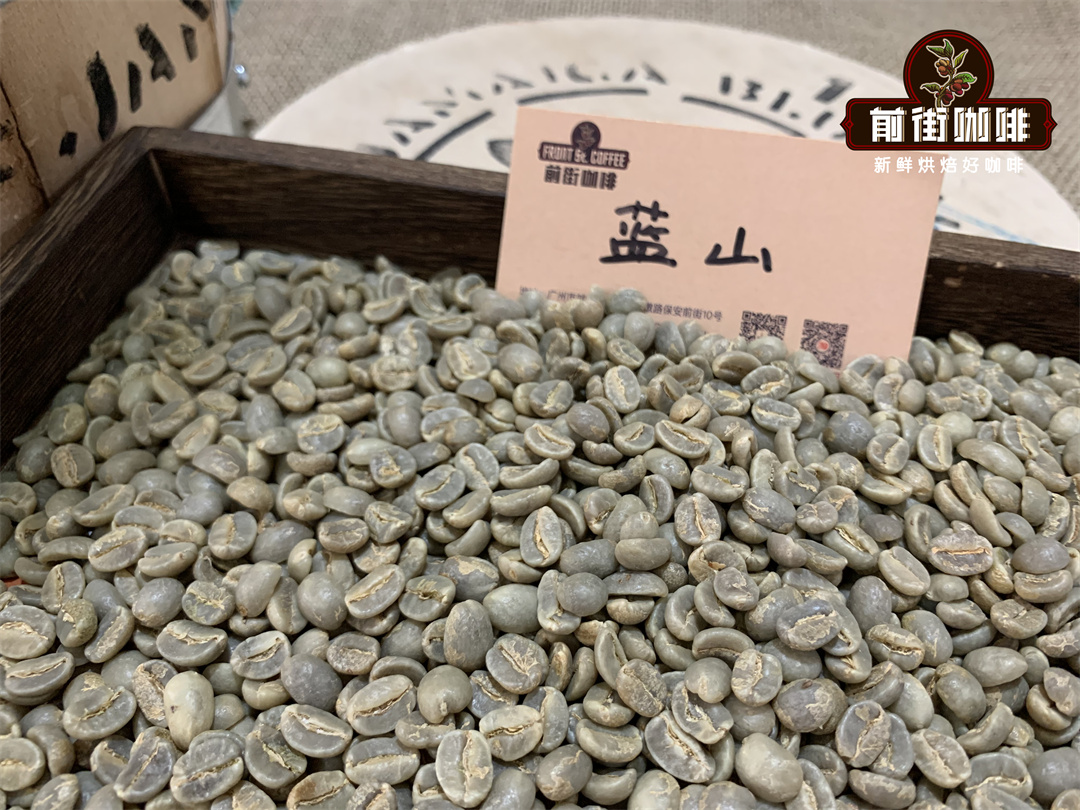What's the difference between Arabica coffee varieties and hybrid coffee? will hybrids replace traditional varieties?
Coffee lovers may have heard that most varieties of coffee belong to Arabica, but most varieties of Arabica are nothing more than Tibica, bourbon and related derivatives.
Arabica is the most commonly used variety, and Arabica coffee trees are also less resistant to diseases and insect pests. Traditional Arabica varieties are either lucky to mutate in a natural state or are produced by manual cultivation (called cultivated species). However, whether these varieties are cultivated or not, their lack of genetic diversity and low disease resistance has always been a problem, so some people have turned to F1 hybrids.

What is a hybrid?
Mixed coffee is a variety that is propagated on a large scale in the laboratory, and researchers are able to span a wide variety of coffee to create the required quality and properties. Hybrids are an effective way to achieve greater improvement in yield, quality and appearance. Hybrids can survive in areas suffering from drought or frequent rainfall. F1 hybrids are usually stronger and healthier than those bred naturally. Although for natural varieties, it is not because of the same level of diversity, so it has the same cold tolerance as F1 hybrids. In addition to the potential of high-quality coffee, it also has high yield and disease resistance.
Is the hybrid better than the traditional natural variety?
Mixed varieties sound like the perfect choice. Although most of these coffees are of high quality, with disease resistance and extraordinary flavor quality. Compared with many traditional varieties, the flavor and aroma may be more pleasant. In Costa Rica, some F1 hybrids can double the productivity of the widely cultivated Kaddura and Kaduai.
However, the quality of coffee will be attributed to many factors, including altitude, equatorial distance, growth temperature, will affect the speed of fruit ripening, usually the slower the ripening rate, the better the flavor. Soil can provide nutrients to make coffee trees grow healthier, resulting in better coffee beans. Volcanic soil, for example, has a lot of nitrogen.
Of course, different coffee trees are also suitable for growing in different environments. For example, WCR, the World Coffee Research Institute, suggests that the variety Centroamericano should be planted above 1500 meters above sea level, and some varieties are suitable for growing at or even higher heights.
Planting, harvest and treatment all affect the flavor quality, for example, a farmer only collects ripe fruit and dries it on the scaffolding. Specific treatments can also amplify the flavor characteristics of coffee: for example, sun or honey treatment will enhance the sweetness of coffee, and washing treatment will give a cleaner and brighter taste. Some coffee and some producing areas will be more suitable for a certain treatment. As consumers, they actually judge what they want to choose according to their preferences, rather than following the subjective thoughts of the public.
Can hybrids replace traditional varieties?
Mixed coffee will not replace traditional varieties and cultivated varieties, and there are many reasons why producers can choose to produce non-mixed varieties on their farms, because for each consumer, his taste buds are different. No matter mixed or natural traditional varieties, there are many people who like their flavor and are interested in them.
Important Notice :
前街咖啡 FrontStreet Coffee has moved to new addredd:
FrontStreet Coffee Address: 315,Donghua East Road,GuangZhou
Tel:020 38364473
- Prev

Is high altitude coffee better than low altitude coffee? How does altitude affect coffee and its flavor?
Have you ever asked the barista about the coffee you drank? Baristas may answer you in incomprehensible ways, such as the altitude at which coffee is grown. This makes people wonder, does the coffee we drink have anything to do with the planting height? Why is this important? It is not without reason that the flavor of high-altitude coffee is outstanding. Dr. Yili, a world-renowned coffee scientist, once proposed this.
- Next

What's the difference between Arabica and Robusta? Is Arabica all over the boutique coffee?
Coffee has a long history, and it was not until the third wave of coffee that people had the enthusiasm to explore every step in the production process of a cup of coffee: how farmers grow it, how workers harvest it, how to deal with coffee, and how bean bakers find the most suitable roasting method for this coffee bean. The beautiful coffee from the seed originated from a seed and from a plant.
Related
- What brand of black coffee is the most authentic and delicious? what are the characteristics of the flavor of the authentic Rose Summer Black Coffee?
- Introduction to the principle and characteristics of the correct use of mocha pot A detailed course of mocha pot brewing coffee is described in five steps.
- Which is better, decaf or regular coffee? how is decaf made?
- How much is a bag of four cat coffee?
- How about four Cat Coffee or Nestle Coffee? why is it a cheap scam?
- Which is better, Yunnan four Cats Coffee or Nestle Coffee? How about cat coffee? is it a fake scam? why is it so cheap?
- How about Cat Coffee? what grade is a hoax? which instant coffee tastes better, four Cat Coffee, Nestle Coffee or G7 coffee?
- Process flow chart of coffee making-Starbucks coffee making process what coffee tastes good at Starbucks
- The top ten best coffee beans in the world Rose summer coffee or Tanzanian coffee tastes good
- Yunnan four cat coffee is good to drink?_four cat coffee is a big brand? four cat blue mountain coffee is fake?

